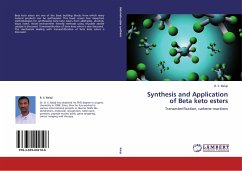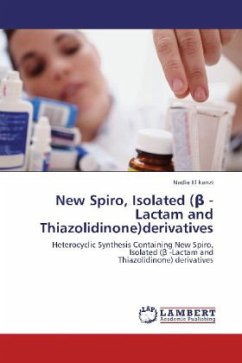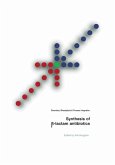beta-Lactams, being a structural motif in most widely used antibiotics, have occupied a pivotal position in medicinal chemistry for almost a century now. With the microorganisms retaliating the traditional antibiotics via beta-lactamase enzymes, the need for novel antibiotics prevails making the synthesis of newer beta-lactams ever more important. Besides their use as antibiotics, beta-lactams are increasingly being used as synthons for biologically important molecules. beta-Lactams have been found to act as cholesterol acyltransferase inhibitors, thrombin inhibitors, human cytomegalovirus protease inhibitors, matrix metalloprotease inhibitors, cysteine protease, and apoptosis inductors.
Bitte wählen Sie Ihr Anliegen aus.
Rechnungen
Retourenschein anfordern
Bestellstatus
Storno








